Dehydrated vegetables, also known as dehydrated vegetables, are a kind of dried vegetables made by processing fresh vegetables after washing and drying and removing most of the water from the vegetables. The original color and nutrients of vegetables remain basically unchanged. It is not only easy to store and transport, but also can effectively adjust the vegetable production season. As long as it is eaten, it can be restored by immersing it in clean water, and the original color, nutrition, and flavor of the vegetables are retained.
Main Feature:
Compared with other fresh vegetables, dehydrated vegetables have the characteristics of small size, lightweight, recovery after entering the water, and convenient transportation and consumption. When it is eaten, it is not only delicious and fresh but also maintains the original nutritional value.
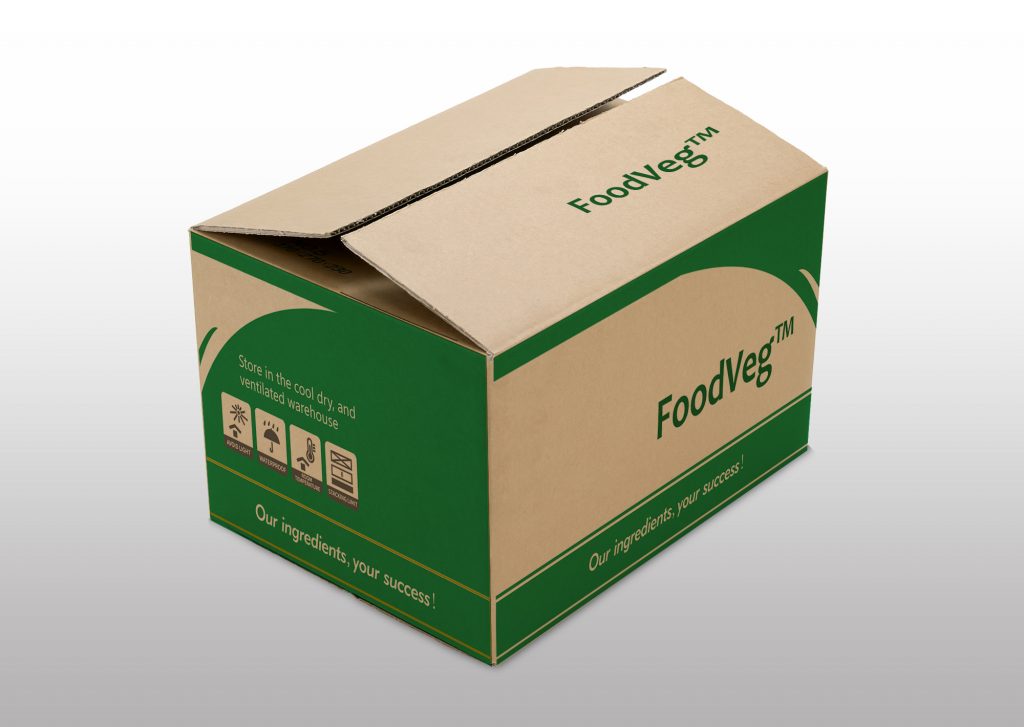
Main types: Dehydrated vegetables are divided into AD vegetables and FD vegetables.
- AD vegetables, also known as dried vegetables.
Dehydrated vegetables made using the drying and dehydration mechanism are collectively called AD vegetables. - FD vegetables, also known as frozen vegetables.
The dehydrated vegetables made using the frozen dehydration mechanism are collectively called FD vegetables.
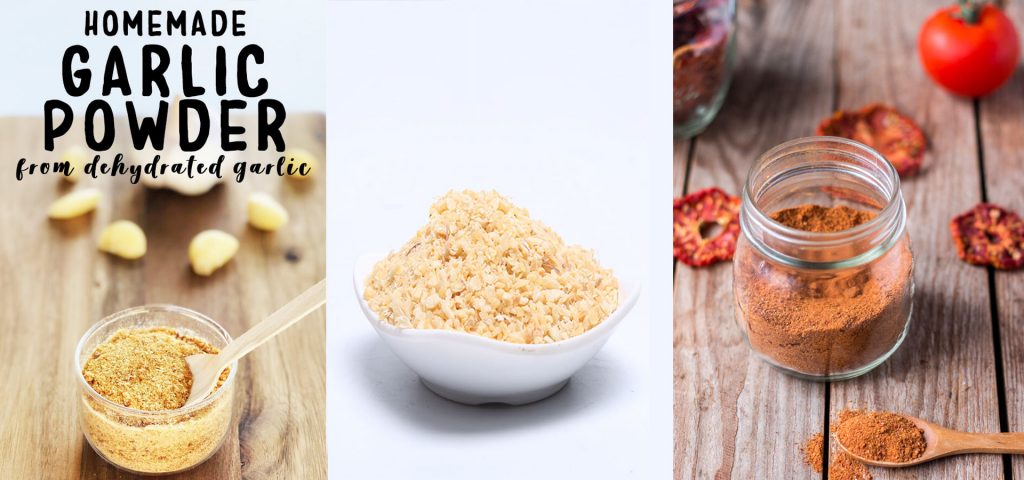
There are two types of dehydration drying methods: natural drying and artificial dehydration. Artificial dehydration includes hot air drying, microwave drying, puffing drying, infrared and far infrared drying, vacuum drying, etc. At present, more applications of vegetable dehydration and drying are hot air drying and freeze vacuum drying. Freezing vacuum dehydration is an advanced vegetable dehydration and drying method. The product can retain the original color, aroma and taste of fresh vegetables Shape, and has an ideal rapid rehydration.
1.Washing vegetables
Use a vegetable washing machine or manual vegetable washing to ensure that the dehydrated vegetables are free of soil and impurities.
2.Cut vegetables
Need to use a professional vegetable cutter to cut vegetables according to the required specifications
3.Dehydration
Vegetable dehydration is divided into drying dehydration (AD vegetables), frozen dehydration (FD vegetables)
4.package
After dehydration, the vegetables are put into 2 layers of fresh-keeping bags, and the fresh-keeping bags are sealed with a vacuum sealing machine. Then put it in a woven bag.
5.save
Finally, put the dehydrated vegetables in a zero-degree refrigerator. It can be saved for about six months.
- Potato Powder
- Dehydrated Carrots Flakes
- Dehydrated Tomato Powder
- Dehydrated Onion Powder
- Dehydrated Garlic Powder
- Dehydrated Ginger Powder
- Dehydrated Leek Flake
- Dehydrated Mushroom Flakes
- Dehydrated Parsley Flakes
- Dehydrated Green Bell Pepper
- Dehydrated Cilantro Flake
- Dehydrated Shiitake
- Dehydrated Red Bell Pepper
- Dehydrated Sweet Potato Powder
- Sweet Paprika Powder


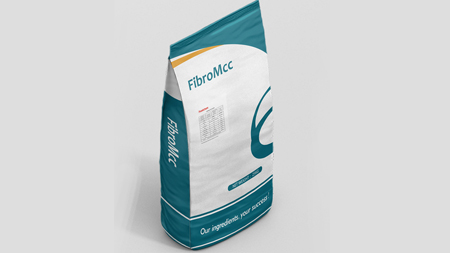
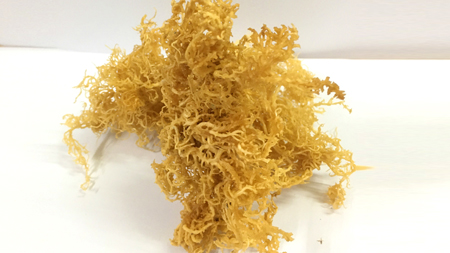
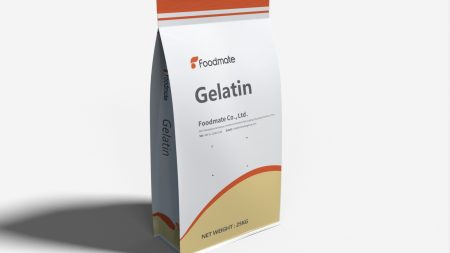
 Whatsapp
Whatsapp